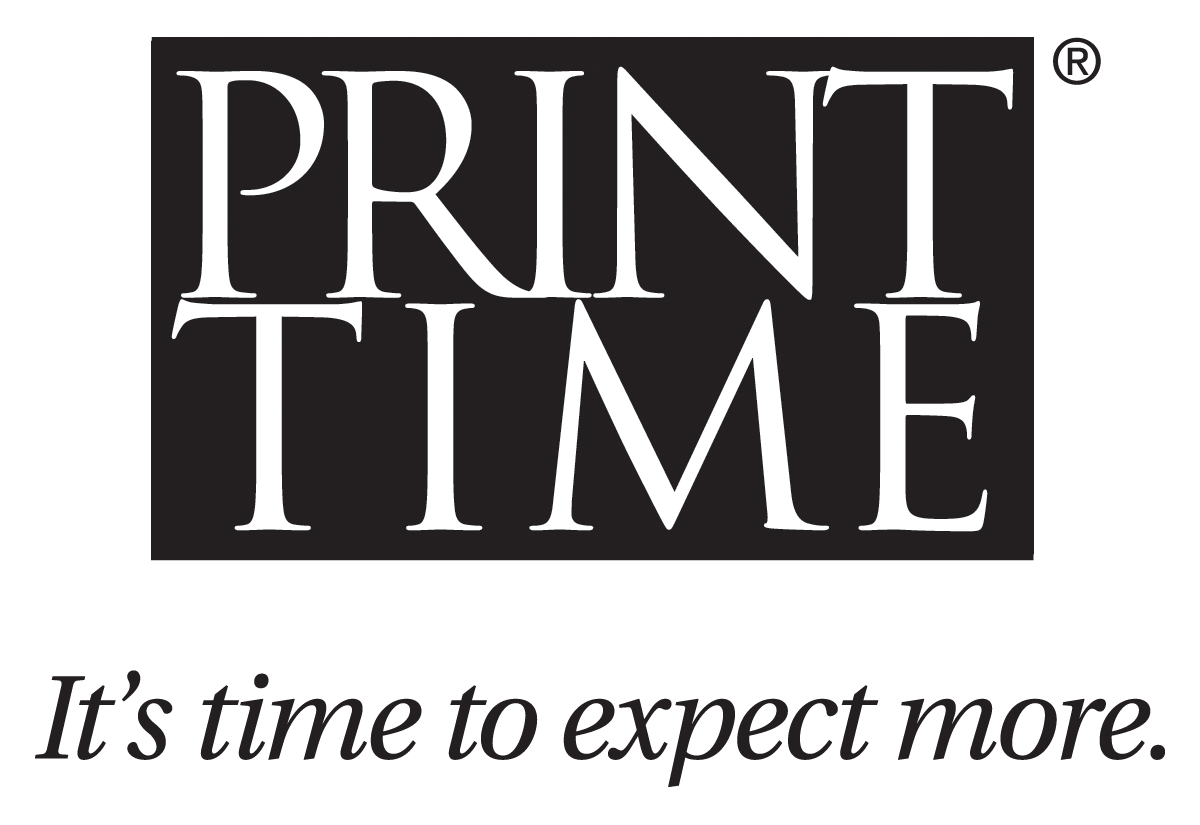Why Print is Still Important in Today’s Digital World
In an era dominated by digital technology, it’s easy to assume that print has become obsolete. With social media, email marketing, and online ads continuously bombarding consumers, it can feel like print materials are a thing of the past. However, despite the rise of digital media, print continues to play a vital role in modern marketing strategies. In fact, print is more relevant than ever, offering unique benefits that digital channels often can’t replicate. Let’s take a look at why print is still important and how it remains an essential tool for businesses in 2025.
1. Tangible and Trustworthy
One of the most significant advantages of print is its physical nature. Unlike digital ads, which can be easily ignored or dismissed, printed materials such as brochures, business cards, and direct mail are tangible. This physicality creates a sense of permanence and trust. Customers are more likely to remember and engage with printed materials because they can hold, touch, and keep them. Whether it’s a postcard, catalog, or business card, print provides a lasting connection that digital content often can’t achieve.
2. Higher Engagement and Recall
Studies consistently show that consumers engage more with printed materials compared to digital ads. In fact, printed materials are often better at creating emotional connections and fostering trust. A well-designed flyer, brochure, or catalog can capture the reader’s attention and increase their likelihood of remembering the message. The tangible nature of print makes it harder to ignore, while digital content can easily be scrolled past or closed. Whether it’s a direct mail piece that arrives in a mailbox or a business card handed out at a networking event, print marketing stays in front of consumers longer, leading to higher recall rates.
3. Print Complements Digital Marketing
While digital marketing is crucial in today’s world, print is still important because it complements and enhances digital efforts. The best marketing strategies combine both print and digital components to create a more cohesive experience. For instance, adding QR codes or URLs to printed materials can drive people to your website, landing page, or social media platforms. This integration between print and digital media creates a more holistic and engaging customer experience, allowing businesses to reach customers in multiple ways.
4. Print Stands Out in a Digital-Heavy World
In a world where people are constantly bombarded with digital ads, emails, and social media posts, print offers a refreshing break. Printed materials stand out precisely because they’re not as ubiquitous as digital content. When customers receive a well-designed direct mail piece or come across a beautifully printed brochure, it’s an opportunity to grab their attention in a way that’s often more personal and engaging than an online ad. This makes print marketing an excellent way to differentiate your brand in a crowded market.
5. Long Shelf Life and Reusability
Unlike digital content that can be easily lost in an inbox or a newsfeed, printed materials have a much longer shelf life. A flyer, brochure, or catalog can sit on a desk, a coffee table, or in a drawer for months, continually reminding the consumer of your brand. Direct mail campaigns can be kept and referred back to, ensuring that your message has a longer-lasting impact. In contrast, digital ads often have a fleeting lifespan and may get overlooked or deleted in a sea of other online content.
6. Local Impact and Personal Connection
Print also allows businesses to connect with local communities in ways digital channels can’t. For small businesses, print marketing—such as local event flyers, posters, or direct mail—can help create a personal connection with the community. Whether it’s promoting a special sale or sponsoring a local event, print helps businesses show their support for the local area, building stronger relationships with customers.
Conclusion
In today’s fast-paced digital world, print is still important because it offers tangible, lasting connections that digital media can’t replicate. From higher engagement and recall to its ability to complement digital efforts, print marketing remains an invaluable tool for businesses looking to enhance their brand presence, connect with customers, and stand out in a crowded marketplace. Whether it’s through direct mail, business cards, brochures, or event materials, print continues to play a significant role in helping businesses succeed and grow.
At Print Time, we’re committed to helping you create high-quality print materials that will make your business shine in 2025. Let us help you harness the power of print to connect with your customers and achieve your marketing goals.


Leave a reply